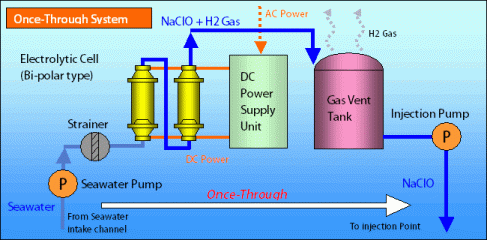http://www.waterforpeople.org/assets/pdfs/rethinking-hydrophilantropy.pdf
This is a blog post about my favorite article up there ^^^^ (read it. memorize it. show it to everyone you know and discuss it in depth). In many ways, the article is talking directly to me.
“For instance, engineering students would not be allowed to implement a project in the United States, it is not clear why they are allowed, and even encouraged, to implement in developing countries.”
Yes, addressed to me.
I implemented a (water and sanitation) project in a developing country as an engineering student. I was encouraged to do so by family, professors, and friends. Everyone gave me such positive feedback when I told them about it. My father bragged to his co-workers that I was his daughter that was going to “save the world”. There were a multitude of (rather hefty) grants offered at my university for just these projects. There was even a major that was created in my time there that focused wholly on global development.
And yet, I did it wrong.
[Side note: I am not putting blame on anyone in particular, including myself; I believe the push for projects like the one I did is a systematic issue and a product of old thinking. I want to get the new, creative and effective thinking out there.]
—-
A Case Study: Our “Engineering Students in Belize” Project
- built a large-scale (for 70 users) slow-sand filtration system.
- installed 35 HydrAid water filters in a small, rural village in Belize.
We wanted to make it a sustainable project. We spoke to local government officials (even got them to come to the isolated village and sample the water. Once…), we spoke to the community “Water Board”, we organized a community-wide health workshop, we used PhotoVoice at the beginning of the project to see how people used water, we put up an anonymous message board at the local store where community members could ask us questions about the project and we could respond, we talked to everyone over and over (and over), we shared watermelons, armadillo, chicken, beans and rice, all manner of food to try and forge relationships. I went back to the community four times in total and lived there for 2 months during one summer. We worked with a group of local university students who we put in charge of continuing the project after we left.
But instead of requiring a financial contribution for the improved water systems we offered, we settled for “sweat-equity”. The recipients of the filters were made to participate in multiple user workshops. They didn’t pay us with money but with their time and attention. We had discussed charging for these filters but I will not go into the long, drawn-out story of why we gave them out, effectively, for free.
So there in lies the evil of the traditional hydro-philanthropists. They finance the project 100%. As Breslin notes in his article, giving out free services can distort the market. Furthermore, it can facilitate corruption. Certain governments have been known to allocate funds to improve the infrastructure of an area. When an NGO comes in and independently finances a project that improves WASH infrastructure in that area, the government officials will write off the community as “benefited” and pocket the funds.
A new(ish) initiative of requiring “sweat-equity” came to the surface in the WASH projects sector. NGOs and “well-meaning individuals” (like moi) thought that in the stead of cold hard cash, the fact that someone was willing to lay pipe or aid in the construction would demonstrate their commitment to the system and therefore ability to maintain it. Breslin argues that this is false. Just because someone helped lay pipes does not mean that they have the financial capacity to replace a pipe that springs a leak six months after the NGO has left. Breslin states that there needs to be a comprehensive set of sustainability metrics that a recipient community must adhere to, such as affordability of local spare parts. Looking at these metrics, the project I did adhered to scarce few.
That makes me pretty sad.
So here I am, working at a non-profit that does WASH projects in Africa. I learned a lot from my mistakes and I want to, no need to, carry that into my job now. I never want to be part of a project that does not strictly adhere to the sustainability metrics that Breslin argues for.
People shouldn’t just throw money at NGOs. The NGOs and implementing individuals should have to defend their proposed project before it is funded. They should have to consider all the sustainability criteria before implementation begins. Effectively, there needs to be a test as strict as the show Shark Tank for all entities proposing a WASH project.
Take-away: What the “hydro-philanthropy” sector needs is its own version of Shark Tank.
Side note 2: I am not, as it may seem, obsessed with Ned Breslin.
Ok… maybe I am a little bit.
—
Love from (rainy) D.C.!
a-say

